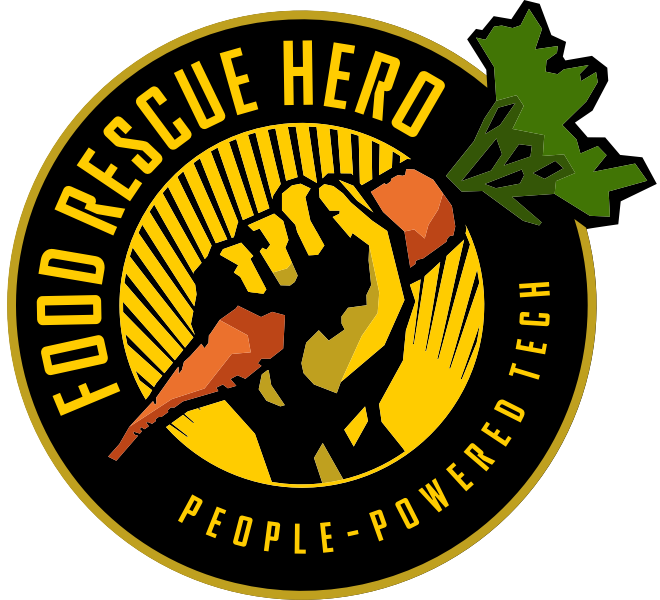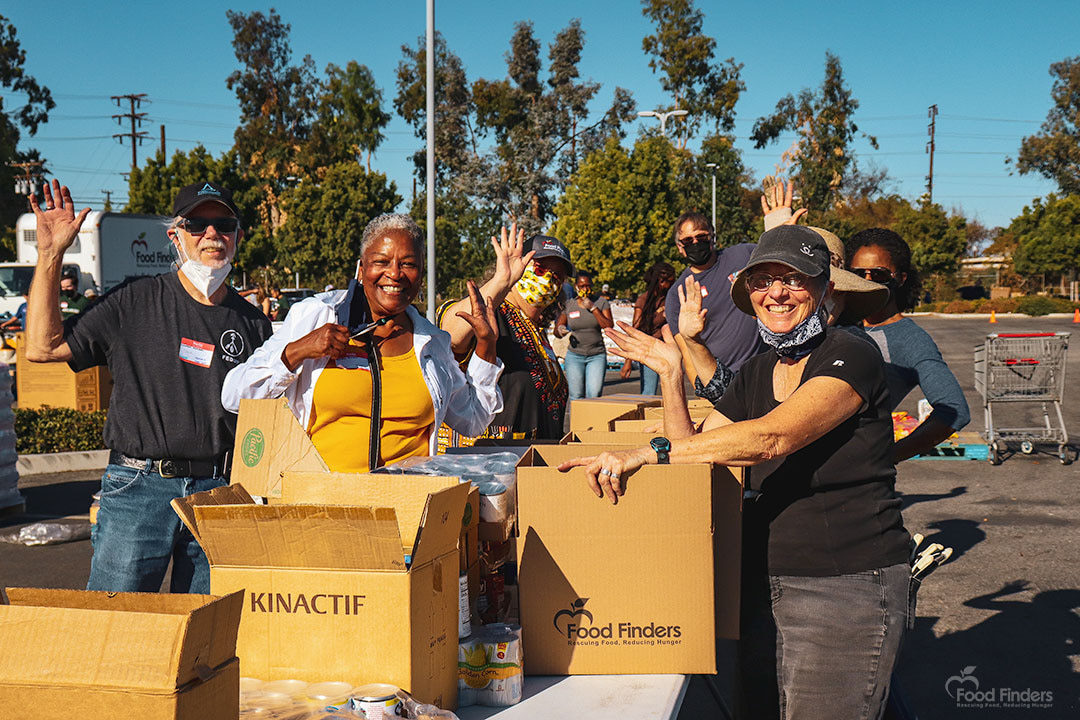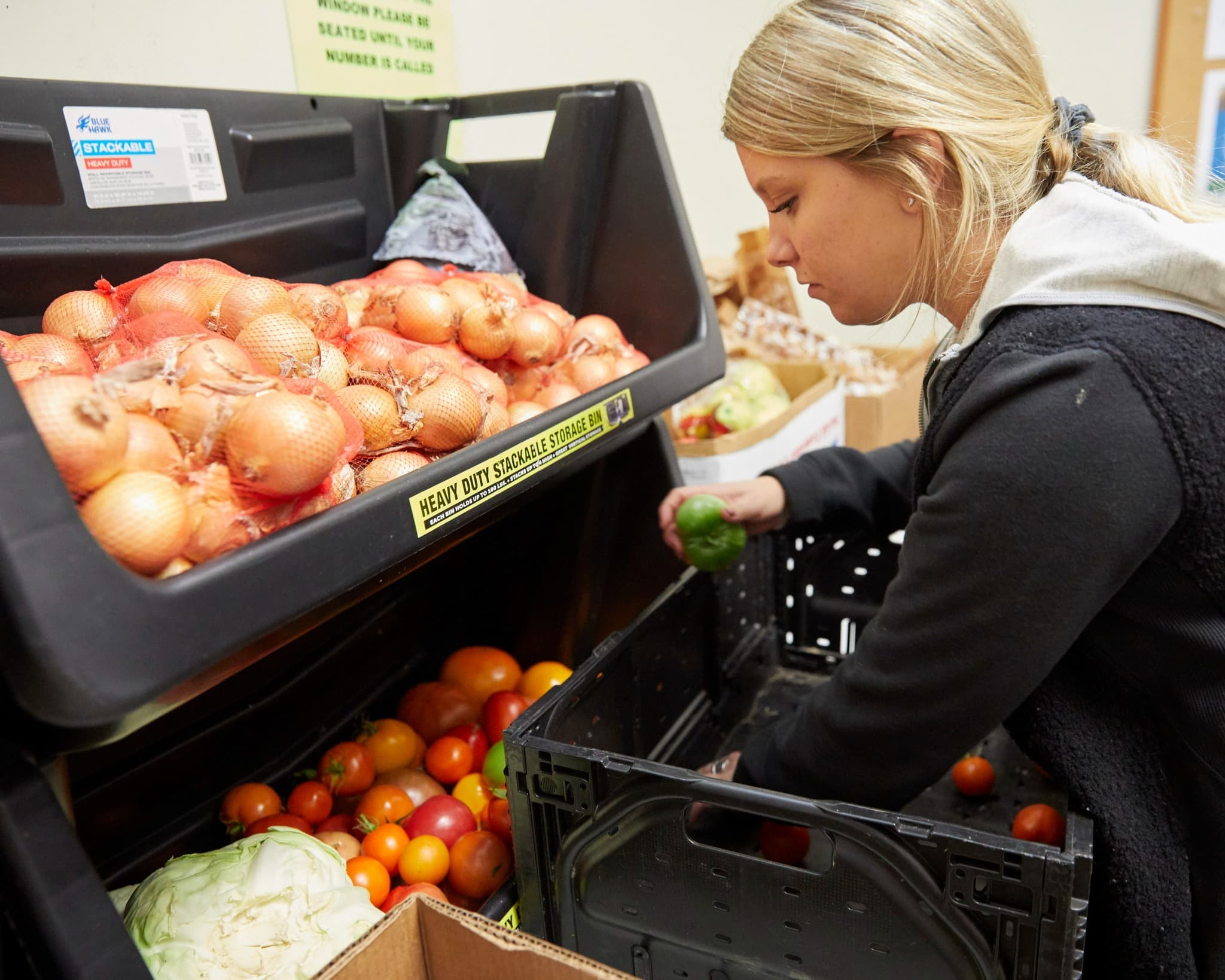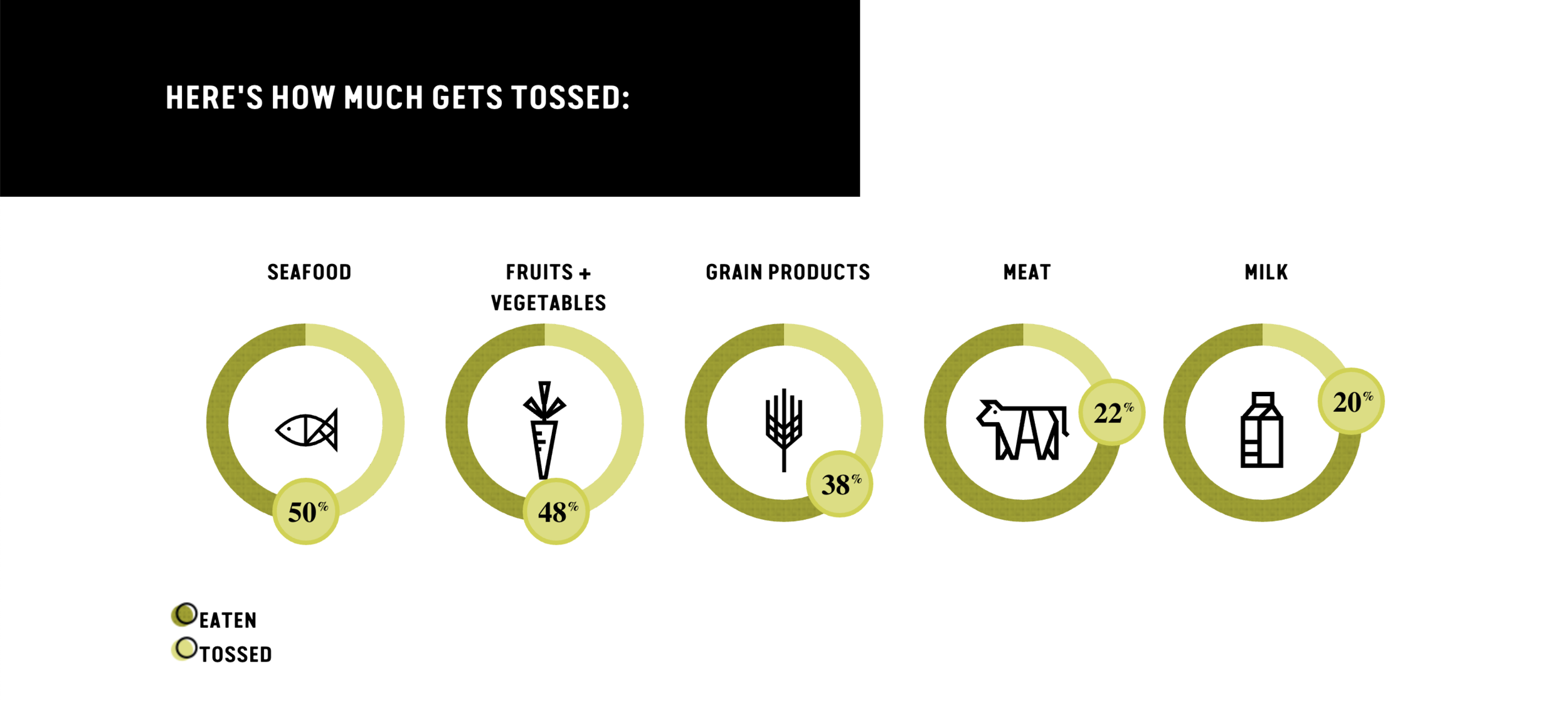The United Nations released a report in April of 2022 that it’s ‘now or never’ to limit global warming. Food waste is the largest component in municipal landfills and is one of the largest contributors of greenhouse gas emissions. Of the 100 most substantive solutions to reverse global warming, reducing food waste has the third-largest impact on climate change (Project Drawdown).
Food waste is one of the leading causes of greenhouse gas emissions (FAO), a major contributor to climate change. Food production uses 10% of the energy budget, 50% of the land and 80% of all freshwater consumed in the United States. According to the Environmental Protection Agency, over 97% of food waste generated ends up in a landfill and food is the number one material in landfills.
If food loss and waste were its own country, it would be the third-largest greenhouse gas emitter, third only to China and the US. (FAO)






